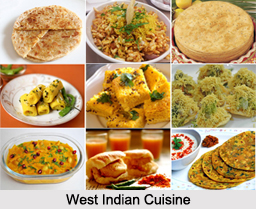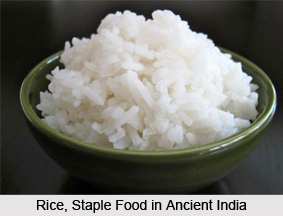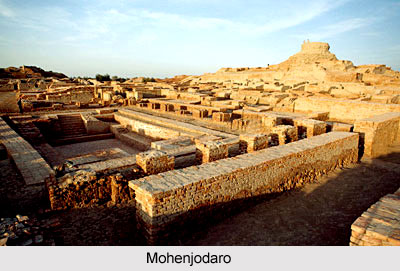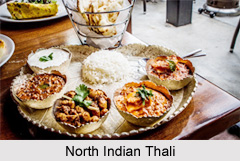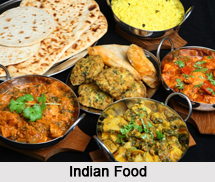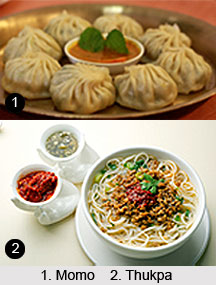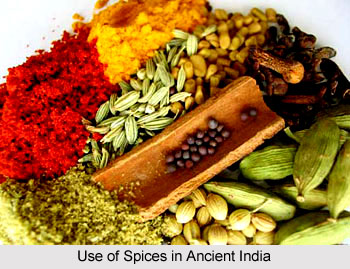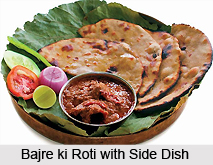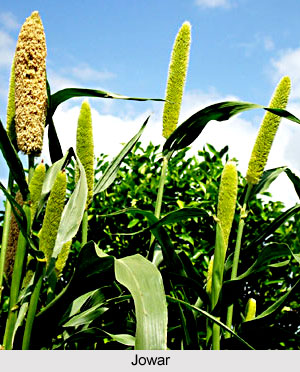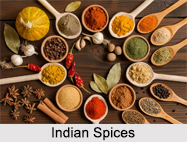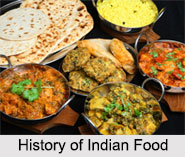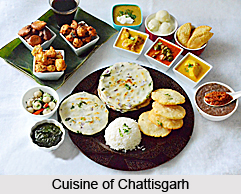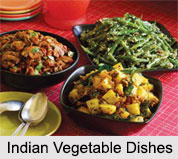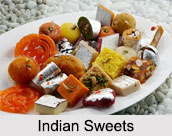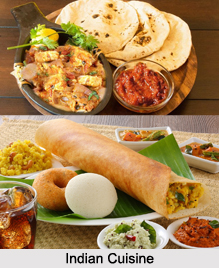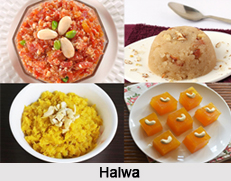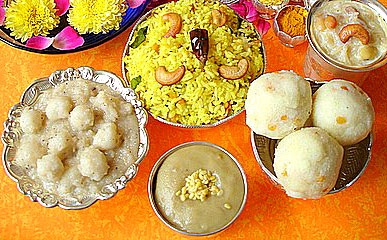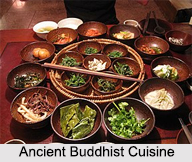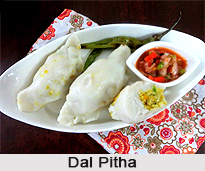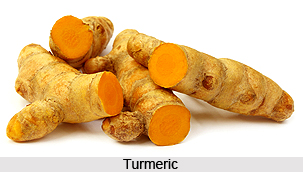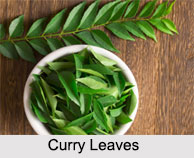 Curry Leaves, the name itself describes its function. Curry leaves are highly aromatic leaf type spice and are used to make curry. In southern part of the country, curry leaves are mainly used in as it provide a fine flavour to the curries, vegetable dishes, pickles, chutneys, soups as well as buttermilk preparations. In Indian cookery, the leaves of Curry plants are used raw and fresh for few recipes, while the leaves are also used after being fried in oil or butter for a small period. The plant is found almost across the whole India and Sri Lanka which is perhaps why it is so much in use in the Indian cuisine.
Curry Leaves, the name itself describes its function. Curry leaves are highly aromatic leaf type spice and are used to make curry. In southern part of the country, curry leaves are mainly used in as it provide a fine flavour to the curries, vegetable dishes, pickles, chutneys, soups as well as buttermilk preparations. In Indian cookery, the leaves of Curry plants are used raw and fresh for few recipes, while the leaves are also used after being fried in oil or butter for a small period. The plant is found almost across the whole India and Sri Lanka which is perhaps why it is so much in use in the Indian cuisine.
Etymology of Curry Leaves
The botanical name of Curry is "Murraya Koenigii" (Linn.) and it is of the family "Sprengel Rutaceae". It is also called "Sweet Neem" leaves. Curry leaves are called by different names in different regional languages of the country. Like for instance, it is called "Barsunga" in Bengali language, "Kari Patta", "Meetha Neem", "Katneem", in Hindi language, in Telugu language it is known as "Karivepaku", "Kadhi Limbu" in Marathi language and in Kannada language it is called "Karibue".
History of Curry Leaves
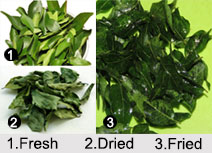 The history of curry leaves dates back to the ancient period. Tamil literature mentions in a specific manner about the significance and use of the curry leaves. Interestingly, the use of these leaves in Indian cuisine is cited in old Kannada texts. It is basically used as a spice.
The history of curry leaves dates back to the ancient period. Tamil literature mentions in a specific manner about the significance and use of the curry leaves. Interestingly, the use of these leaves in Indian cuisine is cited in old Kannada texts. It is basically used as a spice.
Types of Curry Leaves
Generally three types of curry leaves are popular in the country. These are fresh curry leaves, fried curry leaves and dried curry leaves.
•Fresh curry leaves are frozen and vacuum-packed, or kept in a refrigerated condition for two weeks.
•Fried curry leaves are edible and thus it is not removed from food before serving. It is generally used in the dishes of South India such as lentil, vegetable curries, etc.
•Dried curry leaves are those which are air-dried for 4 or 5 days, then kept in plastic bags and thus utilised in the preparation of food for about a year.
Medical Properties of Curry Leaves
Curry leaves are primarily used in providing a flavour in Indian cooking. It is a good source of vitamin A and they provide a rich source of calcium. These leaves have several herbal remedial qualities. Like for instance, its leaves and bark can be used as a tonic, stomachic, stimulant and carminative. It is an essential ingredient of the traditional system of medicine in India like Unani and Ayurveda with amazingly good results.
•It can help in reducing blood sugar.
•Roasted leaves are effective to stop vomiting.
•The juice of this plant can provide a relief from kidney pain.
•Useful to cure ailments such as piles, Leucoderma and blood disorders.
•It can also be used for skin care solution to cure heat rash.
Curry leaves are widely used in the country. The wood of the Curry plant is also used as timber for manufacturing different types of products.
